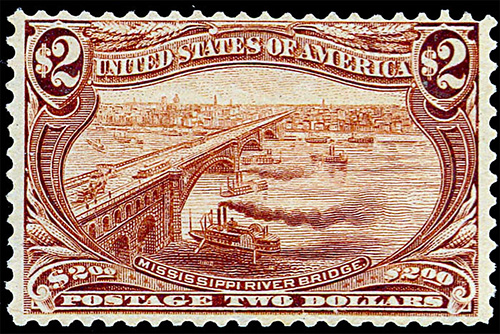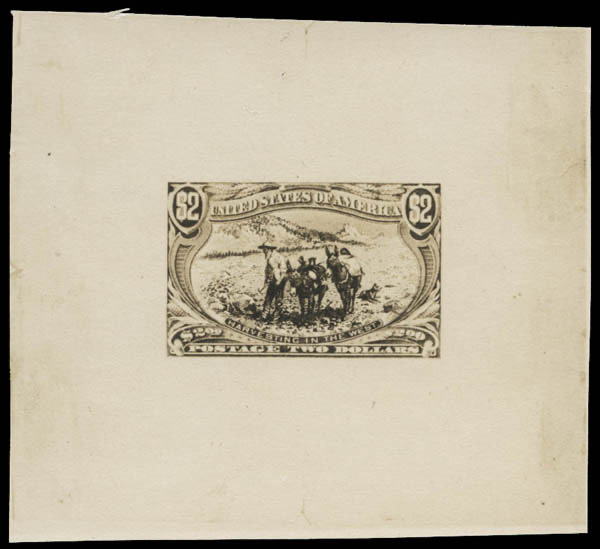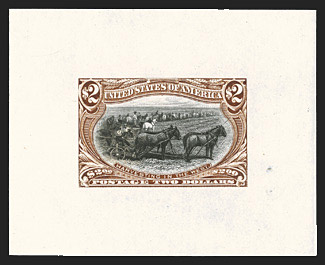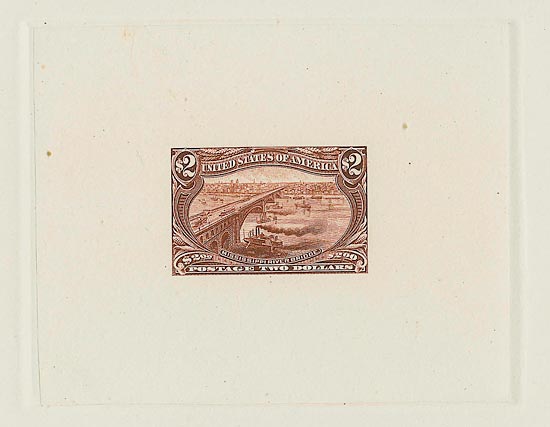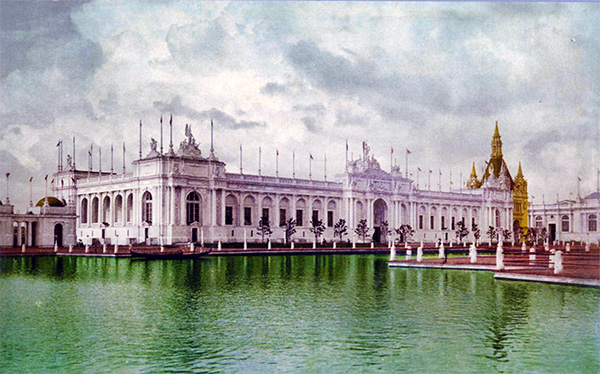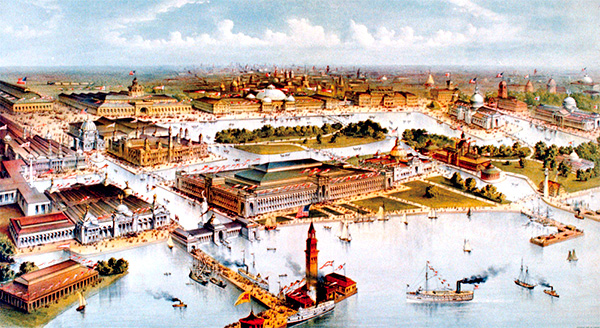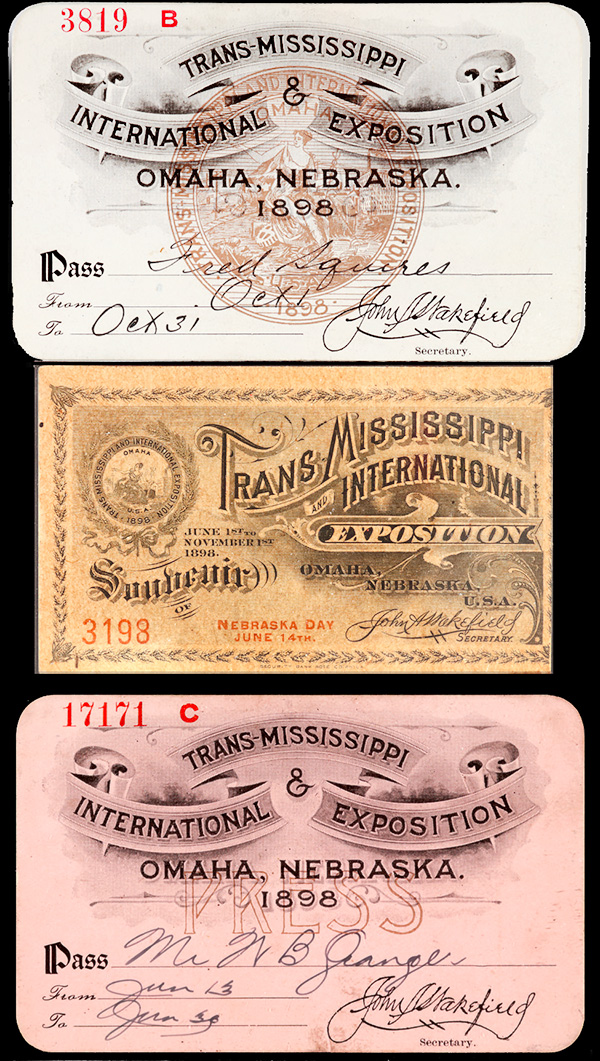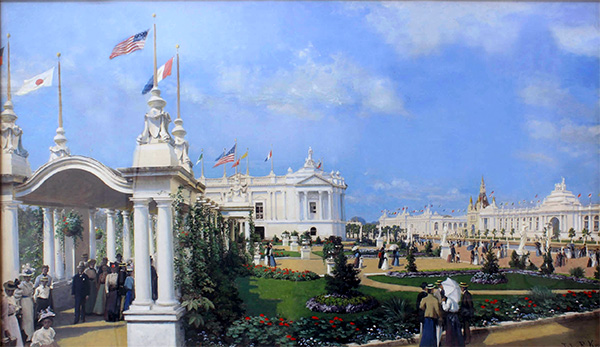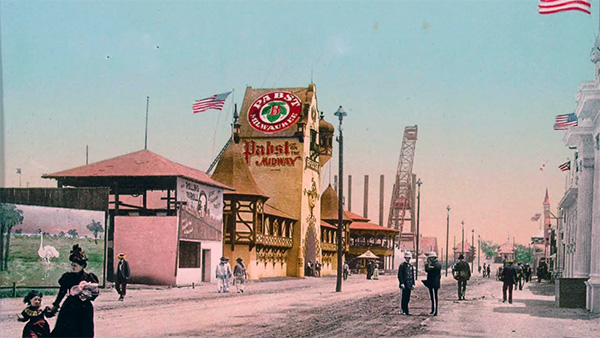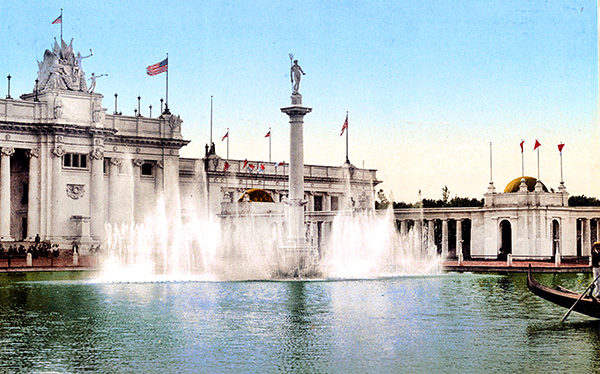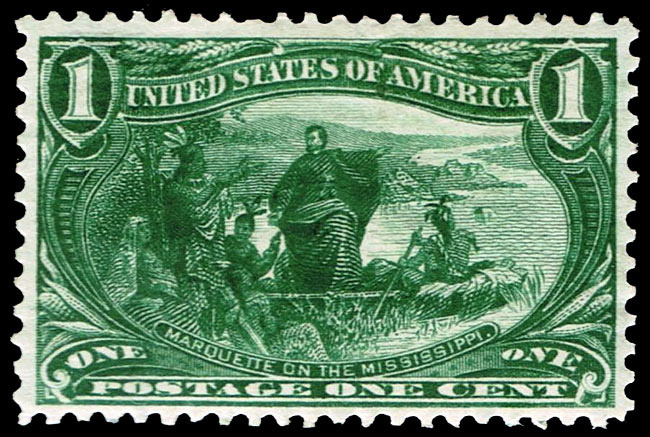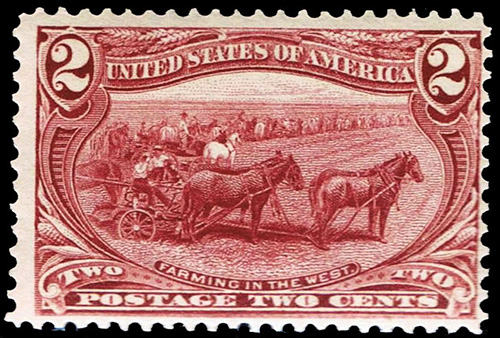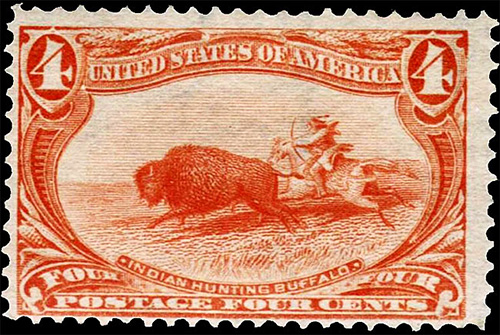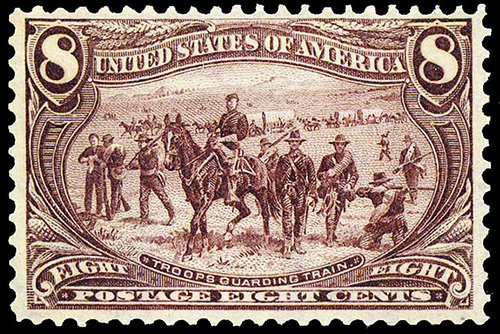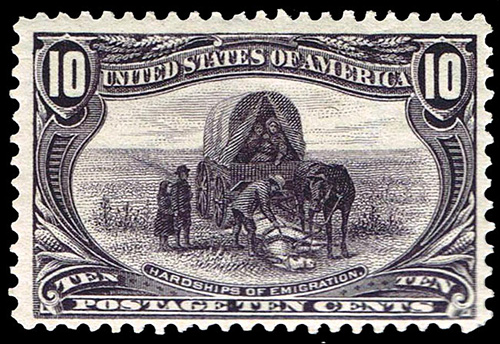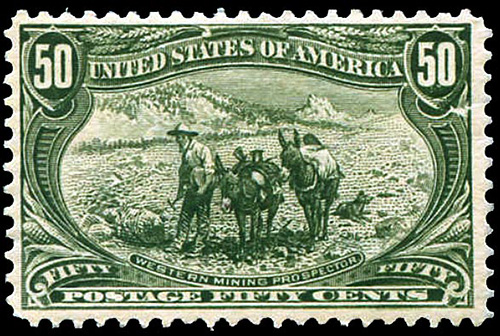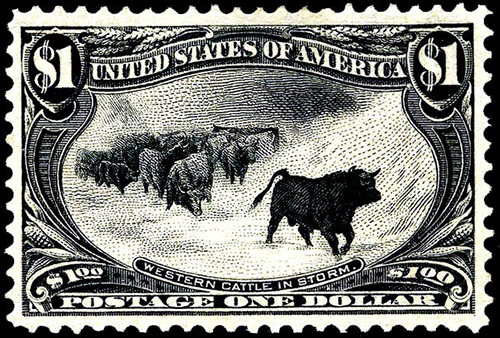Basic Info
$2
Orange brown, dark orange brown
Printing Method: Engraved
Subject: Mississippi River Bridge
Number issued: 56,200
Perforations: P12
Watermark: Double Line USPS
Scott #: 293
Issued: June 17th, 1898
Value
Used
$300 - $550
No postmark with gum (MH)
$550 - $800
Full perfect gum, no postmark
no trace of stamp hinge mark (MNH)
$1,700 - $3,750
Earliest documented use
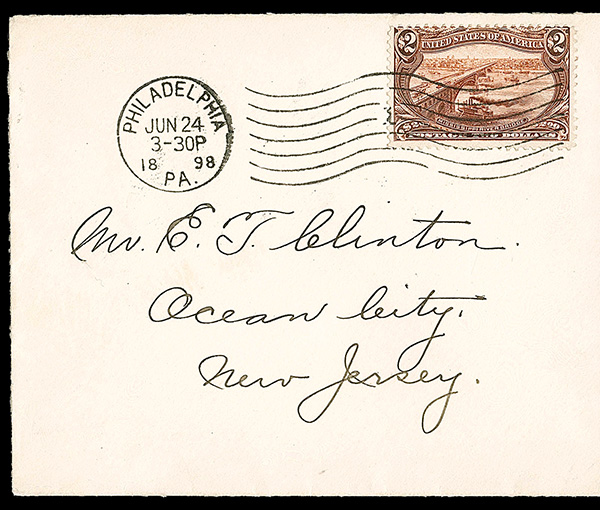
293's earliest documented date of use, June 24th, 1898
#293 Plate #'s

#293 was issued with the following plate #
613
Specimen

A specimen of 293, #293S
Almost a bi-color stamp
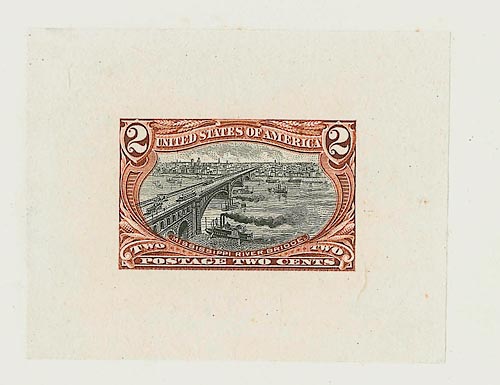
It was intended to print the Trans-Mississippi issue with a black vignette and a frame in color. The bi-color idea had to be abandoned because of the fact that the Spanish American War, which broke out in April, 1898, necessitated the printing of enormous quantities of revenue stamps and the facilities of the Bureau were taxed to the utmost . The time and manpower needed for the printing of stamps in two colors could not be spared and it was necessary for the Bureau to abandon the proposed bi-color stamps in favor of stamps of single colors.
The $2 vignette was originally planned to be on the 2¢ denomination. However, the purpose of the exposition was to increase to the attraction of investing in the farming in the west and the more popular 2¢ stamp would have a wider audience of the rural scene,
The Inspiration for the Design
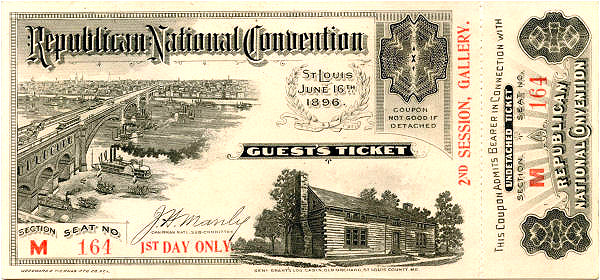
For the vignette was based on an engraving used for the 1896 Republican National Convention ticket.
The subject of the vignette was the 'Eads Bridge' that spanned the Mississippi, connecting the cities of St. Louis, Missouri and East St. Louis, Illinois.
At the time of its construction in 1874 it was the longest arch bridge in the world, it was the first large-scale use of steel as a structural material and Its foundations were the deepest underwater constructions.
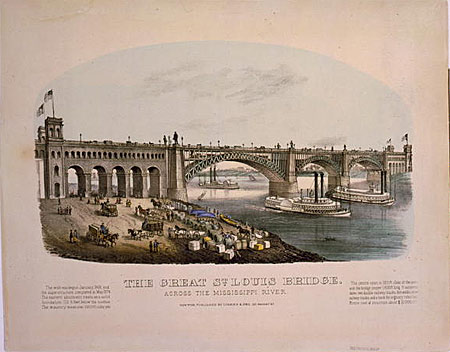
A contemporary engraving of Eads Bridge
Essays and Proofs
The Omaha World’s Fair

The Trans-Mississippi Exposition was a World’s Fair hosted in Omaha, NE from June 1 to November 1 of 1898. The purpose of the Omaha World’s Fair was to exemplify the fertility and potential of Western farming and manufacturing as a definite pathway to financial success. It attracted 2.6 million visitors.
A two-thousand foot-long lagoon designed to resemble Venetian canals hosted gondola rides as a whimsical form of transportation throughout the fair. Stately trees and lush grass plots lined artistically crafted walking paths, illuminated by electric lights. Bright white building designed in Renaissance style reflected ancient Greek and Roman influences and possessed strenuous constraints on color, scale and height. All was built out of cheap materials or designed not to last, at the end of the exposition it was all removed.
There were two great attractions during the show, the first being President McKinley's speech which attracted 100,000 people to the plaza. The other was Buffalo Bill's Wild West Show, a video of which can be viewed below.
